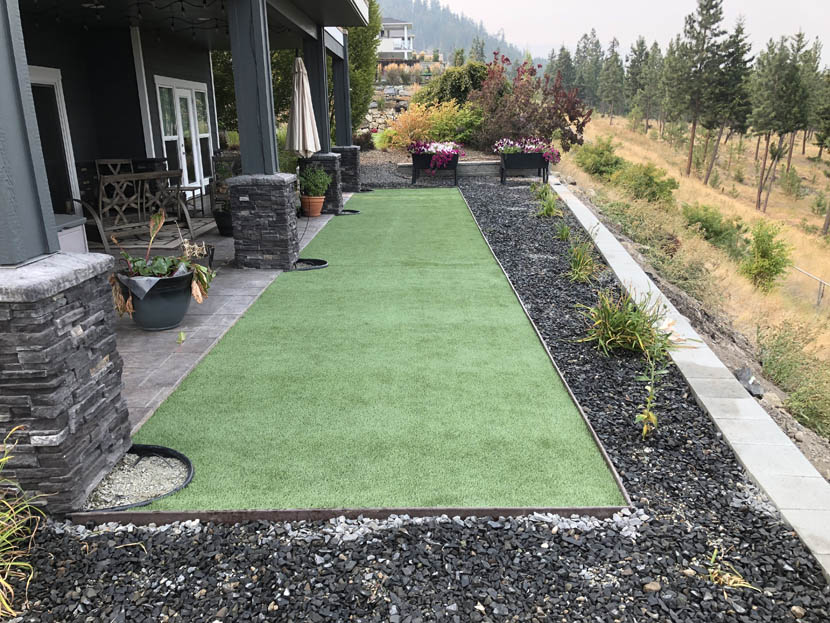 In the Okanagan area and in Kelowna, spring time ushers in long-awaited warm temperatures, which is perfect for enjoying the outdoors in our area. Below is a checklist to help you get started with putting your yard in good shape for the seasons ahead.
In the Okanagan area and in Kelowna, spring time ushers in long-awaited warm temperatures, which is perfect for enjoying the outdoors in our area. Below is a checklist to help you get started with putting your yard in good shape for the seasons ahead.
- Inspect your trees and shrubs.
Start your spring spruce up with a thorough inspection of your yard. It’s a good time to look for any branches that might be broken or damaged and prune them or have them removed by a professional.
- Fertilize your lawn.
The decision about whether or not to fertilize your lawn should be based on the nutrition requirements needed by your soil conditions. Below are some simple tips on fertilizing your lawn:- Determine your soil nutrient needs through testing. If your soil does need nutrients, make sure you choose a fertilizer that matches those needs.
- Make sure you fertilize at the optimum time of the year for your variety of grass. Contrary to popular belief, not all grasses should be fertilized in spring. A few ‘cool-season’ grass varieties do better when fertilized in fall. June is also a good time to fertilize many cool-season grasses.
- In general, it is best to choose a slow-release or controlled-release fertilizer to reduce possible losses to the environment and increase nutrient absorption. In certain situations, it may help to use organic materials which can improve the health of your soil.
- It’s important to read the label on the fertilizer bag and to know the exact size of your lawn. Using too much fertilizer can harm your lawn and cost you more than you planned. Conversely, using too little fertilizer won’t yield the results anticipated. Several university studies show that under-fertilized turf can lead to a thin turf stand resulting in soil erosion and unwanted soil runoff. Always follow the label instructions.
- Before fertilizing your lawn or plants, you should always check with the local agricultural extension office. Some local governments place limits on when, what type, and what amount of fertilizer you can apply. Professional, licensed lawn care companies must follow provincial, local, and federal regulations.
- Test your soil.
Test your soil once every few years to make sure it has the proper pH balance and mix of nutrients. You can usually get your soil tested at a BC Nutrient Laboratory – or ask your lawn care or landscape professional. - Inspect your irrigation system.
Once the weather has warmed up for the year, turn on your irrigation system. Inspect it to make sure it is in working condition. Aspen Landscaping can do this for you. - Make planting beds neat and tidy.
Rake the old leaves and debris from plant beds and create neat, natural edges around the beds using an edging tool. - Fertilize trees and Shrubs, too.
Most plants, trees, and shrubs will benefit from proper annual fertilization with a slow-release product just before mulch is applied. - Control Weeds.
Spring is definitely a great time to apply pre-emergent weed control for weeds such as crabgrass. One hint on timing for weed control is that when forsythia is in full bloom, it’s usually the perfect time to apply crabgrass weed preventer. - Add an inch-thick layer of fresh mulch in plant beds and around trees. Do not let the mulch touch tree trunks and never let the mulch accumulate to more than a 3-inch depth. Mulch not only makes planting areas look neat, but also helps to retain moisture in the soil, keeps roots cool in the summer, and insulates them in the winter. As mulch decomposes, it adds organic matter to the soil.
